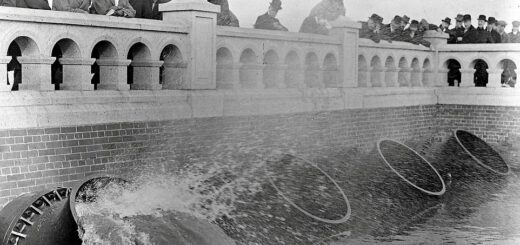New Seven Wonders of the World
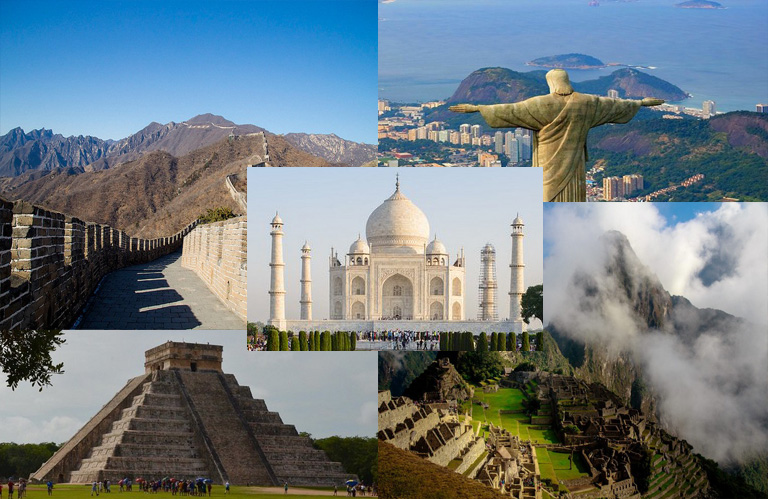
Around 100 million people of the world agreed and voted to declare the New Seven Wonders of the World. The enlist seven wonders is presented deprived of ranking:-
Machu Picchu (Peru)
Machu Picchu remained hidden from the outside world until its rediscovery by American historian and explorer Hiram Bingham in 1911. The site is believed to have been built in the mid-15th century by the Inca emperor Pachacuti as a royal estate. Its purpose, however, remains a subject of scholarly debate, with theories ranging from a religious sanctuary to an astronomical observatory or a retreat for Incan nobility. Machu Picchu, an Incan city of sparkling granite precariously perched between two towering Andean peaks, is thought by scholars to have been a sacred archaeological center for the nearby Incan capital of Cusco.

Great Wall of China
The construction of the Great Wall began in the 7th century BC during the Warring States period and continued throughout various dynasties, including the Qin, Han, and Ming. The primary purpose of the wall was to defend against invasions from nomadic tribes and military incursions. The wall consists of various sections, each built and maintained by different dynasties, resulting in a diverse array of architectural styles and materials.

The Roman Colosseum (Rome)
Construction of the Colosseum began in AD 72 under the emperor Vespasian and was completed in AD 80, it was in use for some 500 years. during the reign of his successor and heir, Titus. The massive amphitheater was primarily designed for gladiatorial contests and public spectacles, serving as a venue for entertaining the Roman citizens. The Colosseum could accommodate up to 80,000 spectators, making it the largest amphitheater ever built.
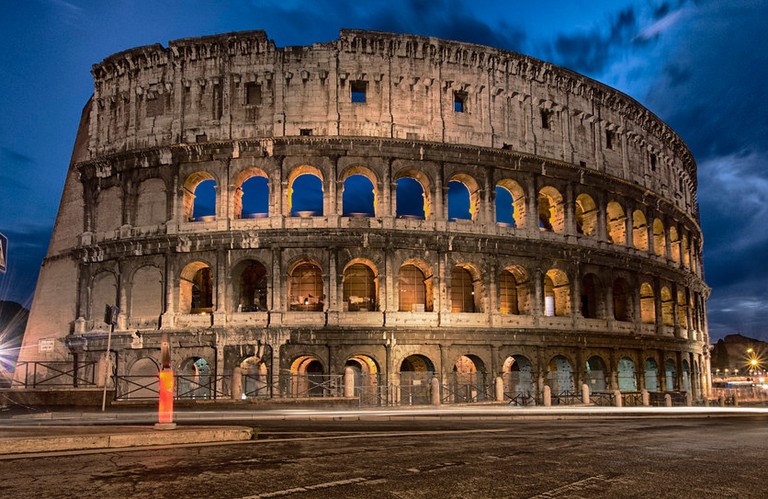
Chichen Itza (Yucatan Peninsula, Mexico)
The genius and adaptability of Mayan culture can be seen in the splendid ruins of Chichen Itza. This powerful city, a trading center for cloth, slaves, honey and salt, flourished from approximately 800 to 1200, and acted as the political and economic hub of the Mayan civilization. The most familiar ruin at the site is El Caracol, a sophisticated astronomical observatory.
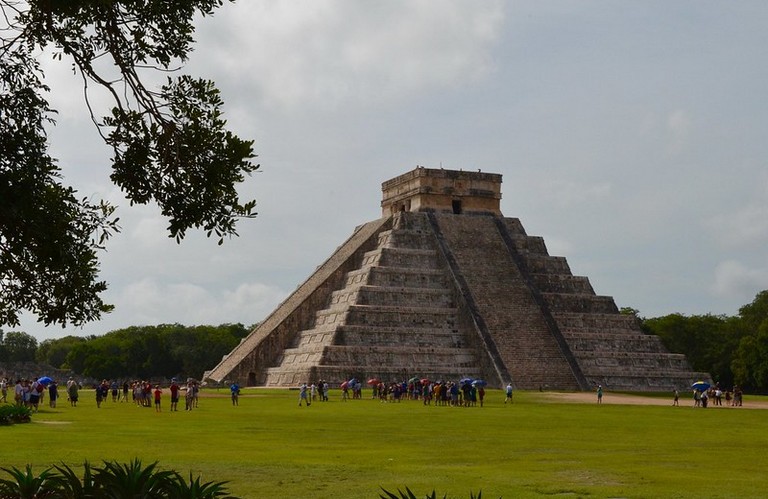
Petra (Jordan)
Petra’s history dates back to the 4th century BCE when it was established as the capital city of the Nabataean Kingdom, a thriving civilization that controlled vital trade routes connecting Arabia, Egypt, and the Mediterranean. The city reached its zenith during the Hellenistic and Roman periods, becoming a crucial center for commerce and cultural exchange.
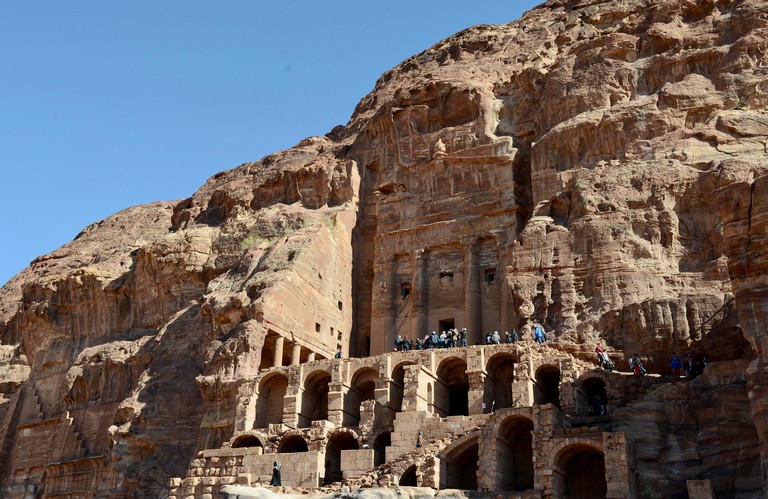
Christ the Redeemer
The idea for the Christ the Redeemer statue originated in the early 20th century when the Catholic Circle of Rio de Janeiro proposed a monument to honor Brazil’s centennial of independence. French sculptor Paul Landowski and Brazilian engineer Heitor da Silva Costa collaborated on the design, and the construction was completed with the help of Romanian sculptor Gheorghe Leonida. The height of statue about 130-foot reinforced concrete-and-soapstone.
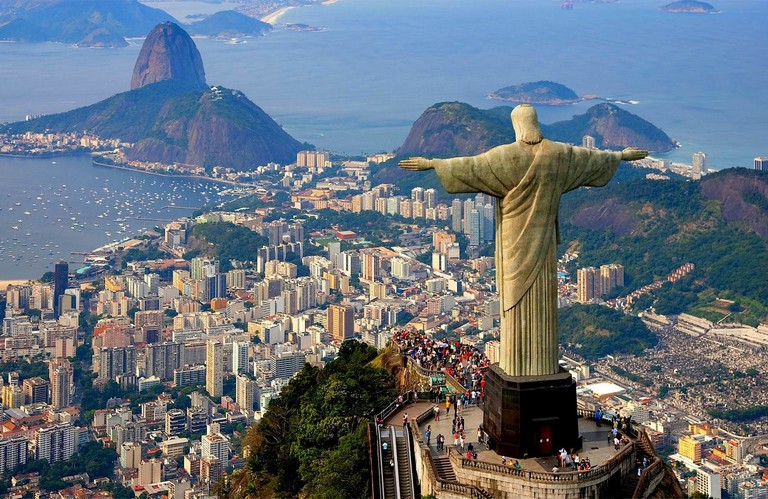
Taj Mahal (India)
This mausoleum complex in Agra, India, is regarded as one of the world’s most iconic monuments and is perhaps the finest example of Mughal architecture. It was built between 1632 and 1648. Considered the most perfect specimen of Muslim art in India, the white marble structure actually represents a number of architectural styles, including Persian, Islamic, Turkish and Indian. It took about 22 years and 20,000 workers to construct the complex, which includes an immense garden with a reflecting pool.





